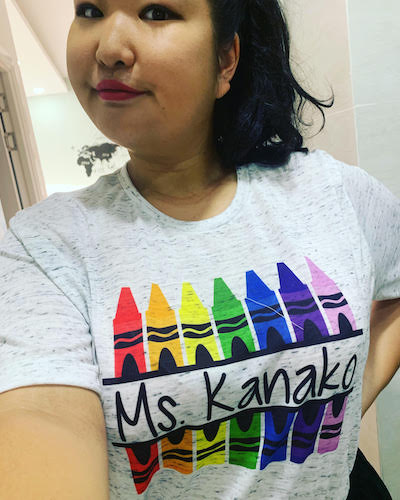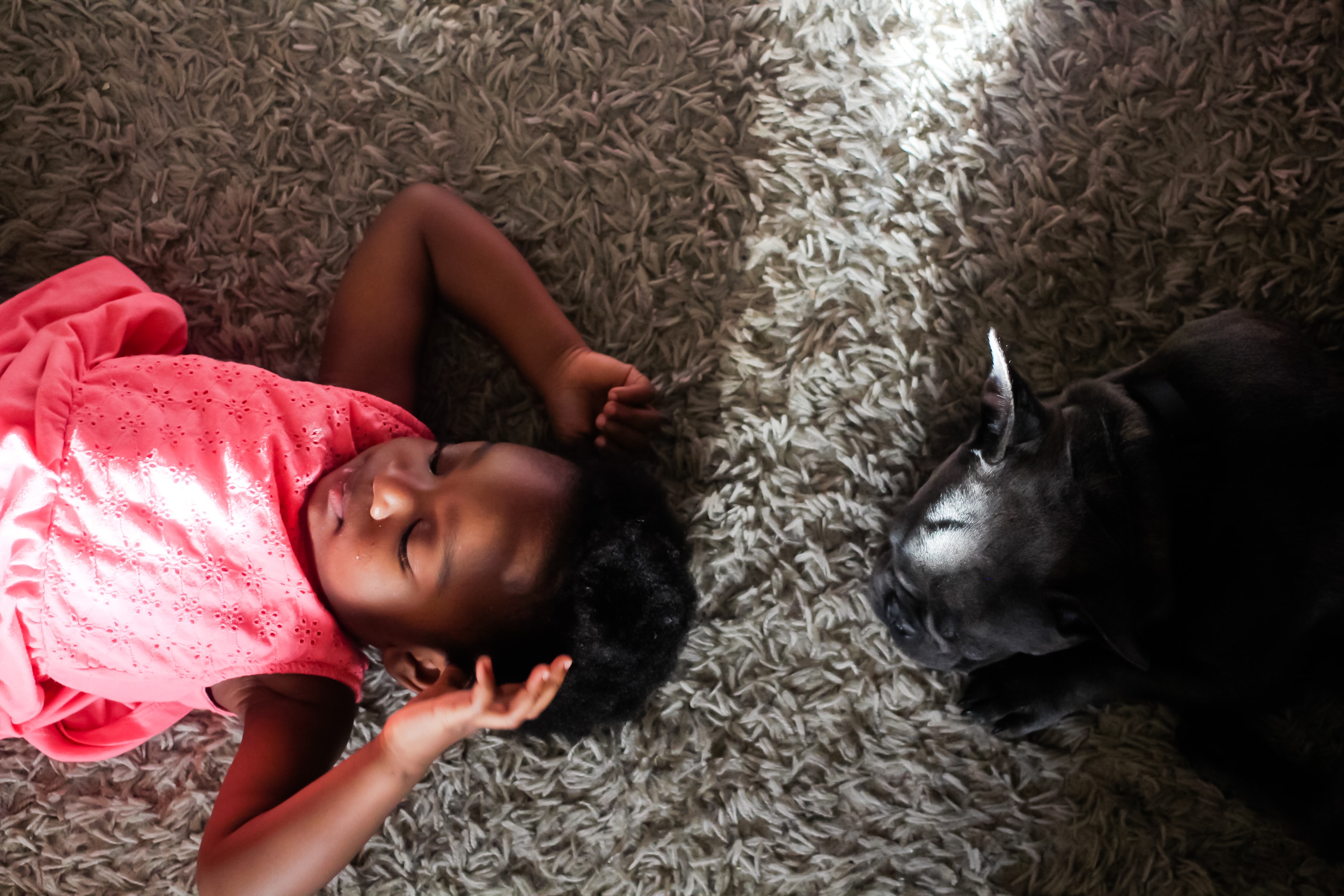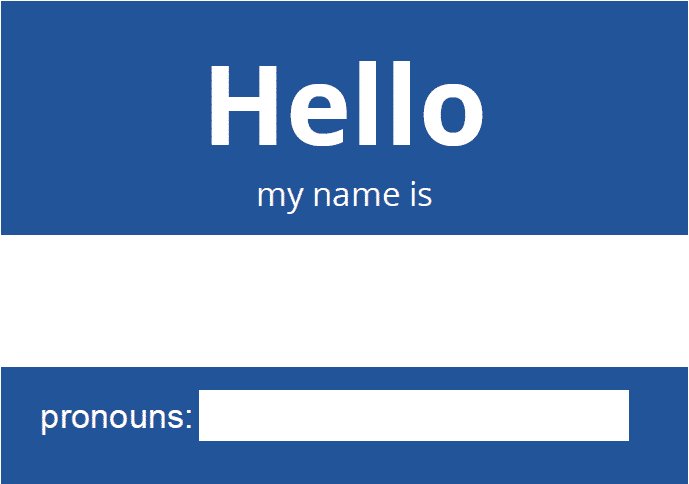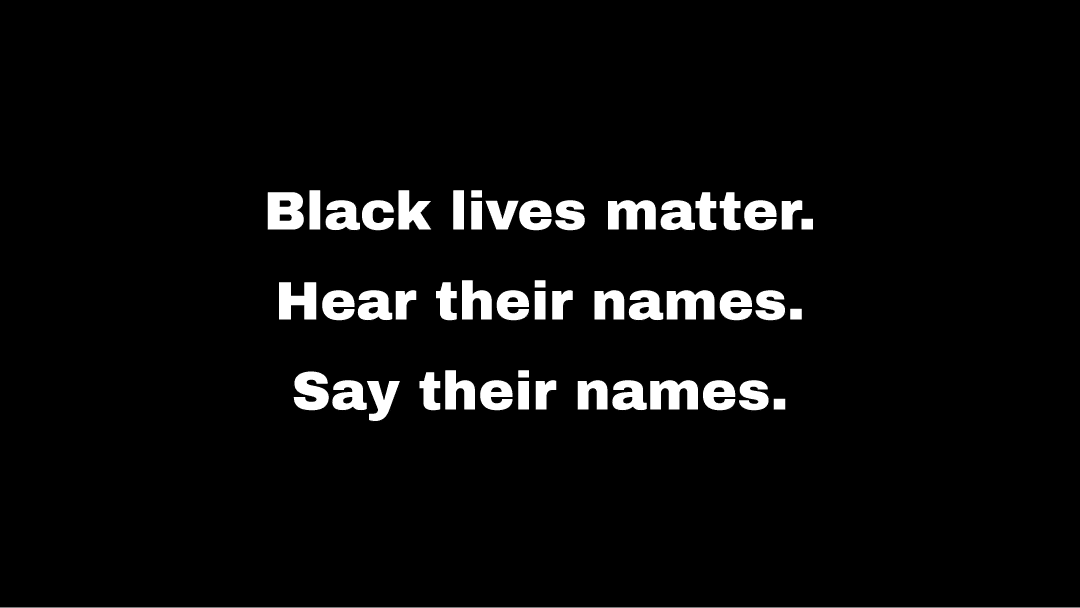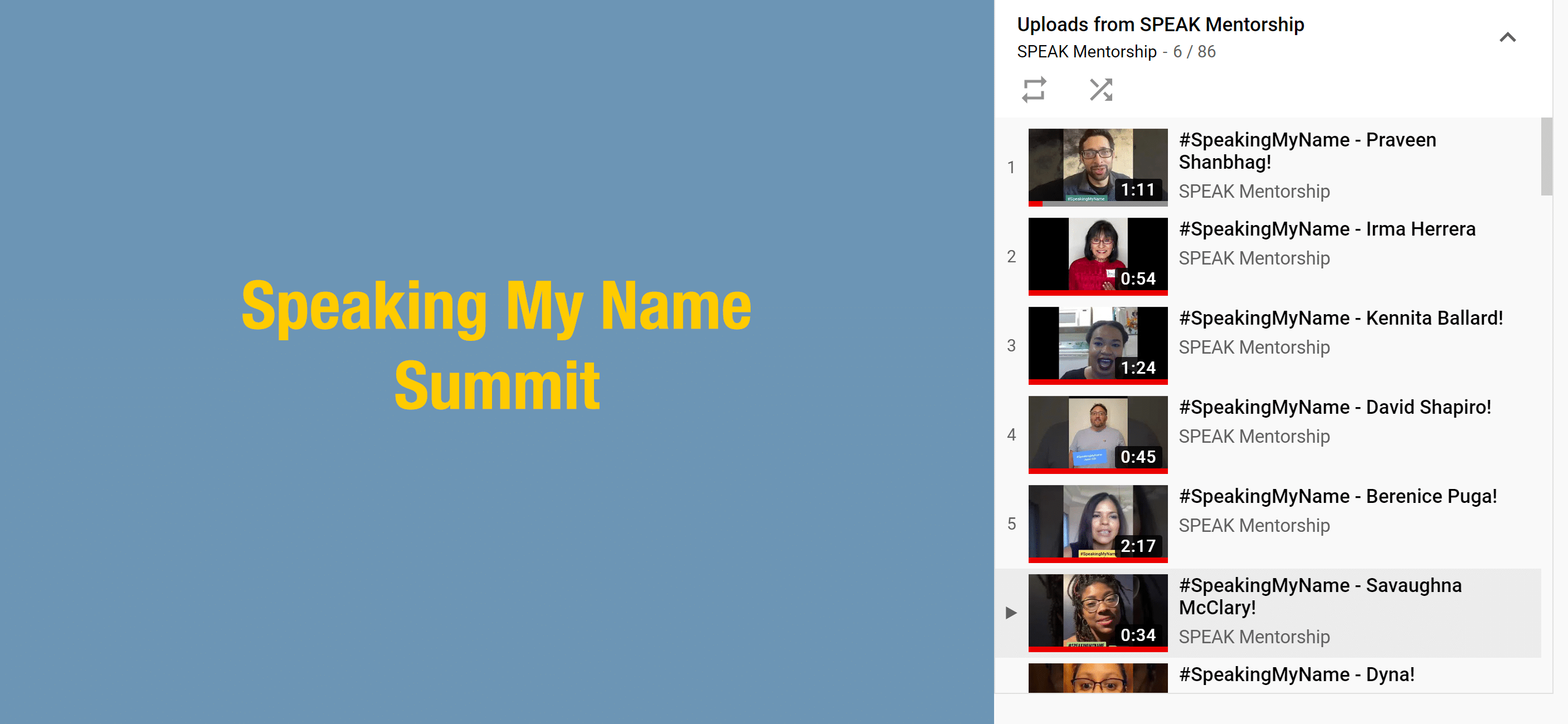Creating a community in your classroom is so much more than just pronouncing names correctly. But if that is where you are most comfortable beginning, then that is a good place to start.
Community. It sounds easy, but you know it will be more challenging.
One of the reasons creating community is so complicated is that the definition of community changes for each class, each semester, and each year.
Further problems arise that will change your community on a weekly or daily basis. This can be caused by a change in your students’ living and/or guardianship situations, additions to your roster, as well as certain times of the year — anniversaries of loved ones’ deaths, winter break/holidays, etc.
Here are my top five ways to create a community in your classroom:
Learn their full names.
Pronounce their names correctly. Learn their last names. Know how to spell both their first and last names. Your students might not like their names, they may ask you to use a nickname, but they will never forget the ones who got the original pronunciation and spelling correct.
Be yourself.
Don’t try to be anyone else. It’s really that simple. Learn jokes. Take a joke. Have some personal items and photos around your classroom. Share a little about your background. Talk about your family and what interests you. You’ll find out that you will have something in common with your students beyond just being in the same room. You’ll like the same movies, actors, songs, bands, colors; you were born in the same place, have the same number of siblings, etc.
Each year, I start with a presentation about myself. I show pictures of my family, talk to them about what I like and where I’m from. I end with my favorite quote from “Hamlet” (“…never doubt I love…”) and talk about how much I’m dedicated to making this a successful year for us all.
Get to know you activities.
Spend the first day doing a few fun activities, there are a lot of options: 2 Truths and a Lie, “Who Am I?” poems and worksheets, “About me” posters and powerpoint presentations. My favorite is this worksheet. Students generally answer honestly and if you are paying attention, you’ll discover in the first week who hates school, who is a loner, who might have a difficult home life, etc.
The good news is there are a lot of options available for free online, especially on Pinterest. Pinterest is your friend.
Inviting atmosphere.
This one stresses a lot of teachers out, but it doesn’t need to. Your room just needs to reflect your personality as well as things that will welcome and interest your students. If you’re minimalistic, then your walls will be plain and organized. If you’re like me, they will be covered with quotes, candid photos, student art, and humorous memes.
But atmosphere is more than that. It is also your body language, what you say, how you say it, and how you act — especially when no one is looking.
Greet your students when they enter your room. Wish them a good day or a good weekend when they leave your room. Remember conversations, refer to the details later — how did you enjoy the _____ concert? What did you do for your birthday? etc.
Children instinctively know when an adult is genuine. When they recognize you as one, they will treat you accordingly. If your students have been hurt or betrayed before, then you have a long road ahead of you, but it’s worth the wait and the work.
 Image Credit: @mpbasham on Unsplash
Image Credit: @mpbasham on Unsplash
Current Events and Song Analysis.
These are my favorite assignments.
Once a week, I have my classes choose a current event, usually we go to a local news site and scroll through the headlines until we agree on one we want to know more about. I’ve discovered a lot about my students this way, especially their opinions on hot topics like gun laws and sex trafficking. Plus it’s a great way to make them more aware of the world around them… as well as making me aware of the world around me. Many times an “unnamed” victim or shooter is a friend or cousin or neighbor of one of my students, which leads to a whole new set of conversations.
Also once a week, I have my classes choose from a jar of song titles (that we fill throughout the week). We then read the lyrics, watch the music video, and then analyze what the song actually means and connect it to a current or old lesson. This helps the students delve deeper into their own interests as well as helping me find new ways to connect with them — either because I like the songs they choose or they like the songs I choose!
These exercises also help to broaden the horizons of everyone involved and help the students to be able to have discussions appropriately (be polite, take turns, be respectful of others’ opinions).
This post is submitted by Sarah Frohmberg, a high school teacher in Kansas City.



